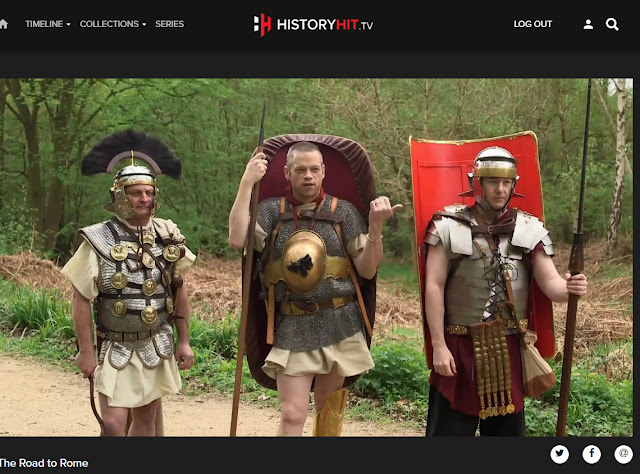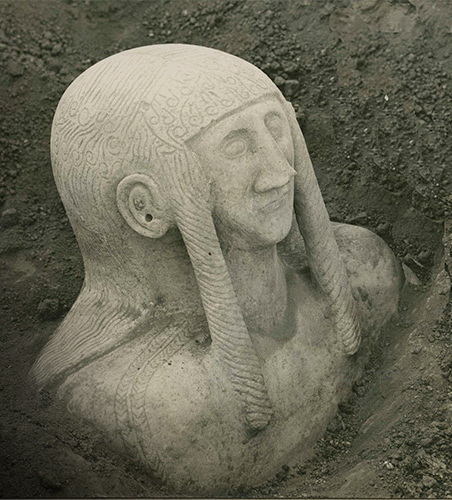National Archaeological Museum of Tirana, Albania

National Archaeological Museum of Tirana, Albania National Archaeological Museum of Tirana, Albania, opened in 1948, houses more than 2,000 items. These objects include artifacts from the Stone Age (100,000 to 2000 BCE, the Bronze Age and Iron Age from 2000 to 800 BCE, the beginnings of the Illyrian civilization from ca. 1000 BCE, the Illyrian Antiquity Period from 1000 BCE to 100 CE, the Roman and Byzantine civilization in Alban ia from 100 to 600 CE and the Albanian Middle Ages through Ottoman rule from 600 CE until Independence in 1912. Art on display includes sculpture, funerary monuments, ceramics, tools, weapons, and ancient jewelry. Image: Artemis Hekate 3rd century BCE from Apollonia courtesy of Wikimedia Commons contributor Fanny Schertzer
















